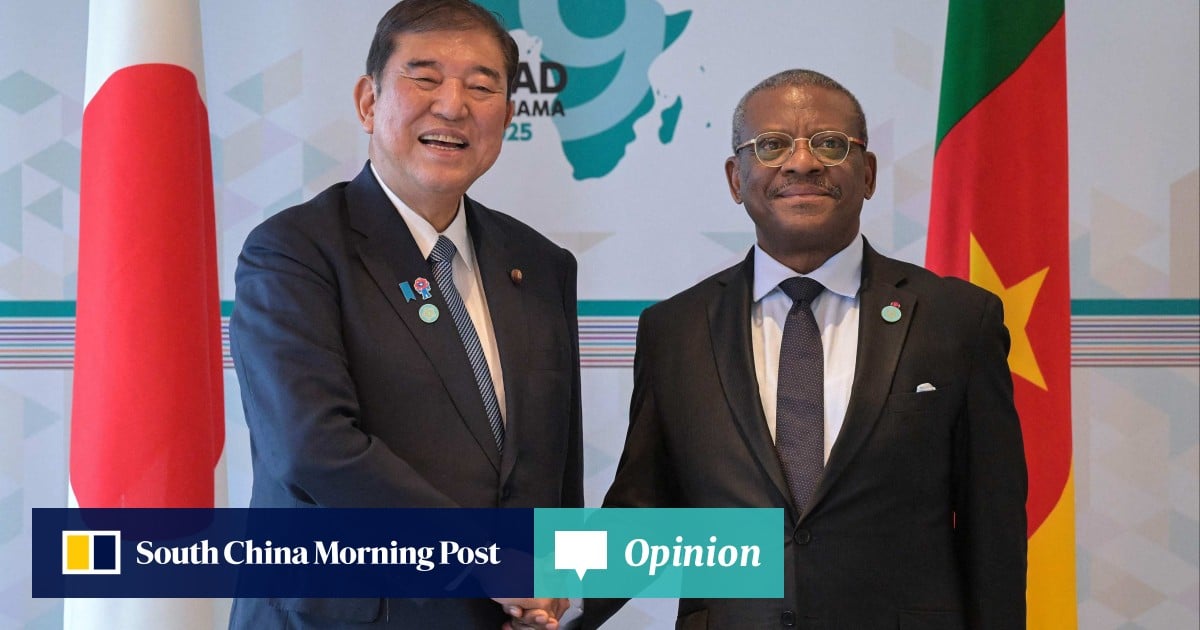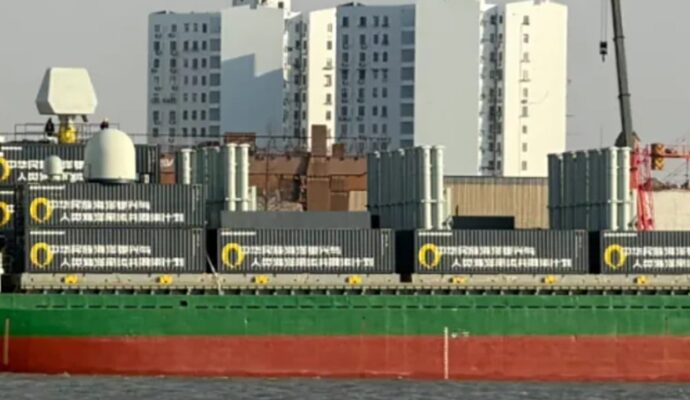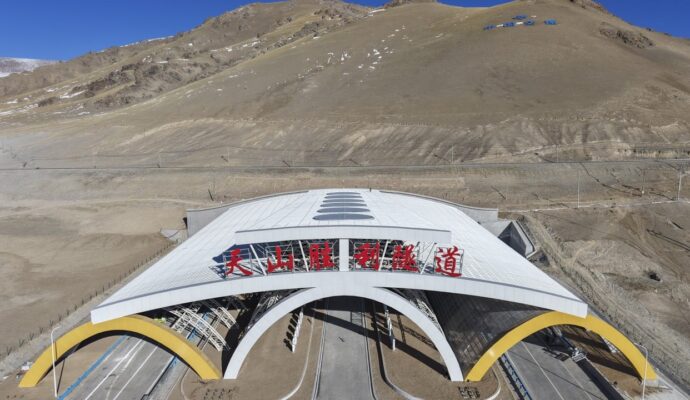Global headlines continue to be dominated by wars, both of the physical kind characterised by
Russia’s invasion of Ukraine and
Israel’s siege of Gaza, as well as
trade wars such as those provoked by US President Donald Trump’s tariffs. It is perhaps no surprise, then, that the resurgence of infrastructure wars has attracted relatively little international attention.
And yet Japan’s relaunch of a major land and maritime infrastructure initiative spanning East Asia, Africa, India and the Middle East, announced a few days ago, threatens to put Tokyo in competition – and perhaps conflict – with China’s Belt and Road Initiative.
The difference this time, compared with when Tokyo proposed a similar initiative about a decade ago, is that Trump’s America appears no longer party to the struggle for economic and geopolitical influence via infrastructure building. Meanwhile, Europe is distracted by
its own continental issues.
Even so, continuing competition among Japan, China and India to garner economic – and, to some extent, strategic – influence across and beyond Asia via infrastructure links threatens potential overlaps of effort and waste of resources. That is not to mention problems with the incompatibility of technical and quality standards in everything from
railway gauges to public procurement policies.
Multilateral development banks, of which there are more than 20 in the world, are specifically designed as vehicles to provide the finance and expertise needed to undertake international infrastructure projects. And yet, within Asia at least, the use of these institutions is increasingly being spurned in favour of nationally sponsored initiatives.
At the opening of the ninth Tokyo International Conference on African Development, in Yokohama on August 20, Japanese Prime Minister Shigeru Ishiba announced an initiative that would help develop a logistics network covering Africa and the Indian Ocean as a single economic zone.
South China Morning Post



